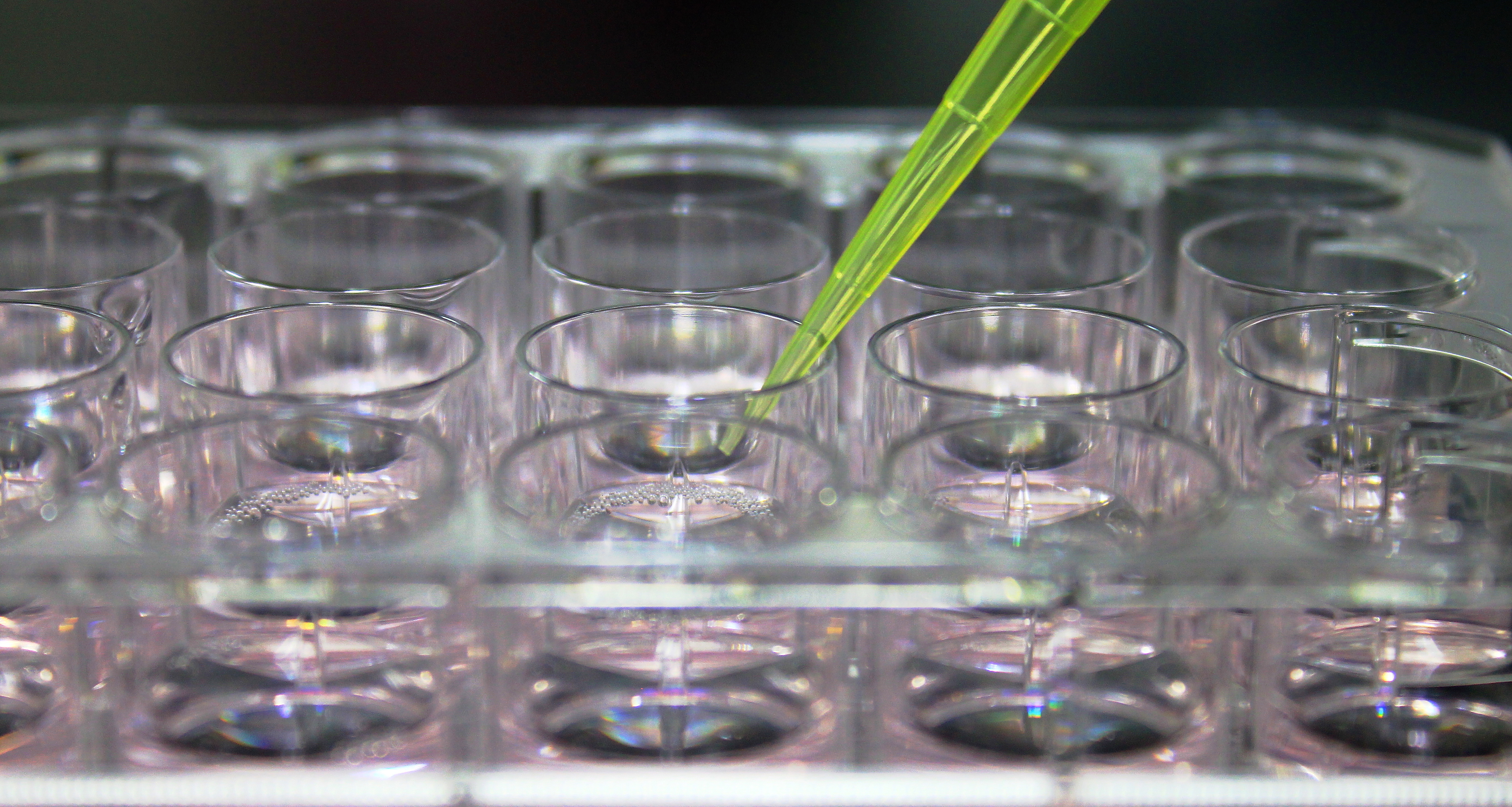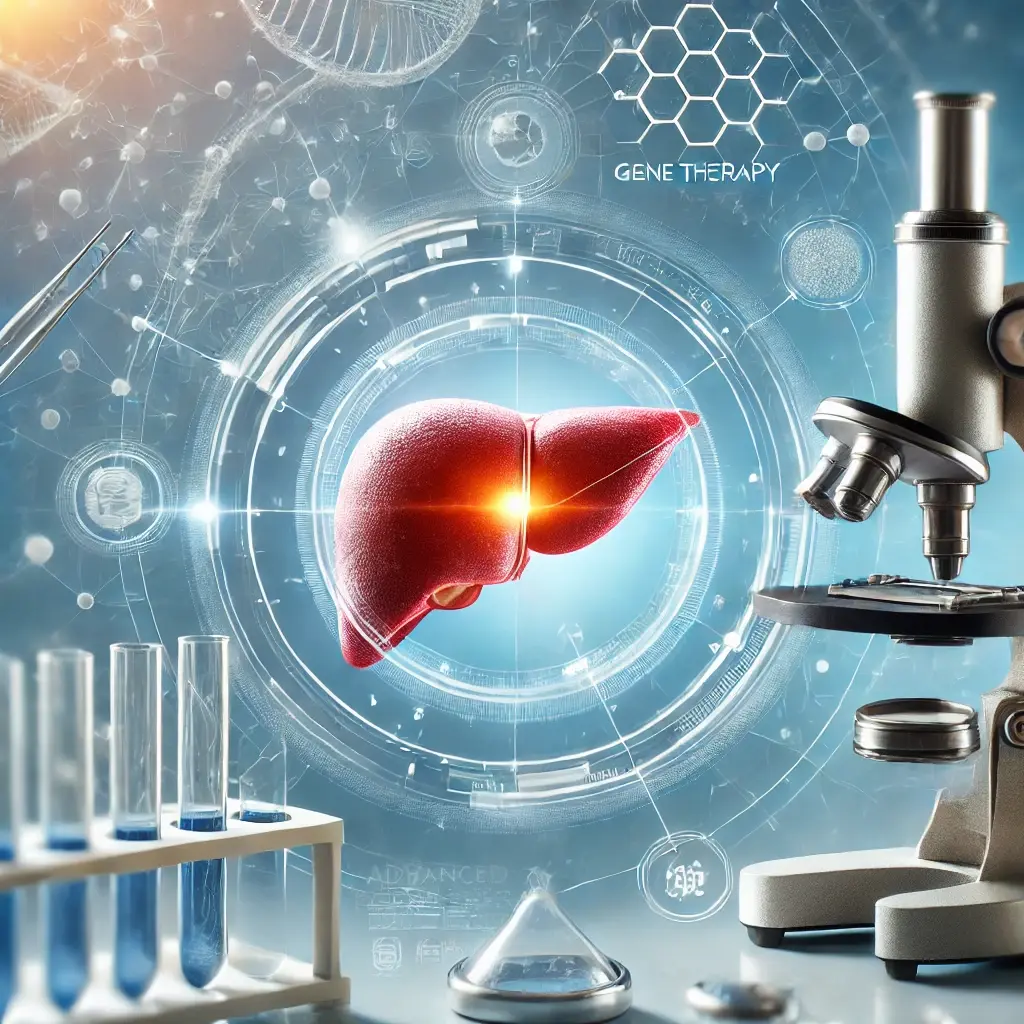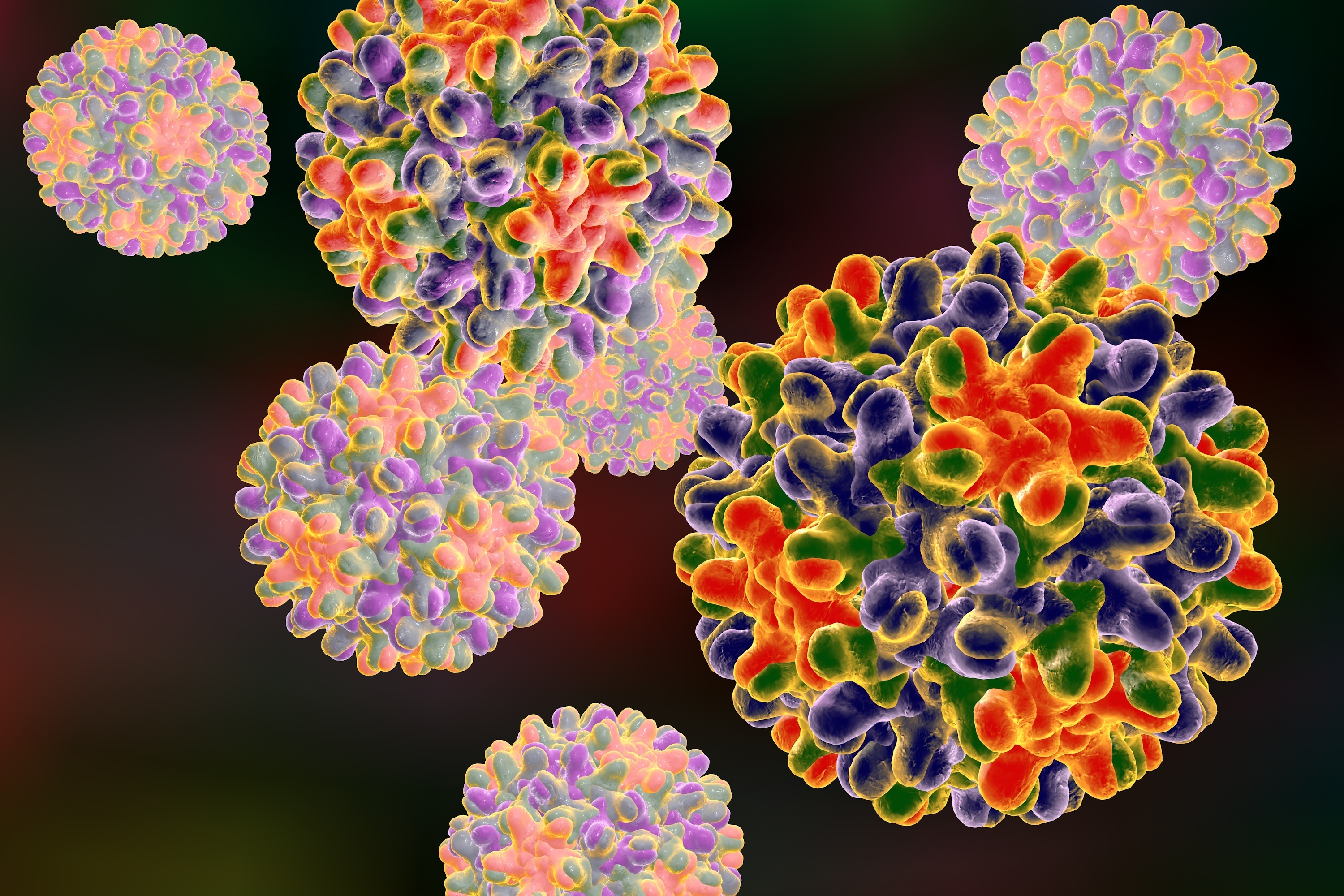19 December 2024
Humanized Liver Models: Revolutionizing RNA Therapeutic Development
The rapid growth of RNA therapeutics, including siRNA and mRNA, is transforming the pharmaceutical and medical landscape, offering unprecedented potential for treating diseases ranging from viral infections to metabolic disorders. Despite this promise, translating these groundbreaking treatments from the lab to the clinic is fraught with challenges.





